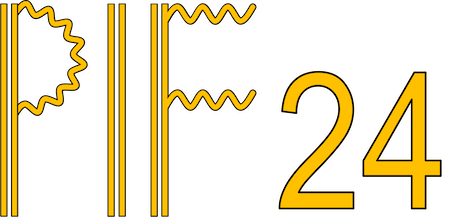Speaker
Description
Objects such as pulsars, magnetars and black holes all have sufficiently strong magnetic fields to reach the Schwinger limit in which strong field quantum electrodynamics (SF-QED) effects become important. Understanding the effects
of SF-QED on radiation and radiation reaction, the recoil force experienced by a particle as it radiates remains an important investigation in the field of high intensity laser physics. With the advent of lasers capable of intensities of the
order $10^{23} Wcm^{−2}$, and using a relativistic electron beam, we are able to reach the Schwinger limit and begin to explore such effects. When we approach the quantum regime of emission, where the quantum parameter, $\chi_e$≥ 1, the classical model for radiation reaction begins to break down, and thus a quantum treatment is required. One aspect of this is emission due to the intrinsic magnetic moment of the electron. This spin radiation manifests itself through spin-light and spin-flips however previous study has shown the spin radiation contribution to be minimal, or in the case where the strong fields were provided by a crystal lattice rather than a laser, require a large electron beam energy to reach similar $\chi_e$. Here, we use electron-laser pulse collisions to demonstrate the importance of spin-effects by directly comparing identical simulations that differ only by the inclusion of the spin contribution. Furthermore, we construct a functional fit for the gaunt factor excluding the effects of spin, and compare it to the fit with spin to demonstrate the importance of spin effects as a function of $\chi_e$. Using this fit, we then demonstrate that we are able to accurately predict the evolution of the lorentz factor of the electrons to hence predict the difference in the radiation reaction. Using a collision between a 60 GeV electron beam with a laser with intensity $10^{23} Wcm^{−2}$, we demonstrate a qualitative and quantitative difference in the radiated energy spectrum, resulting in a 12% difference in the total number of photons produced when spin is included, with the difference in the number of photons with 20 GeV or higher being 23%. When examining the positrons we observe 14% more positrons when including spin radiation effects. When observing the average Lorentz factor of the electrons after radiating, we demonstrate a 45% reduction when spin emission is included.

